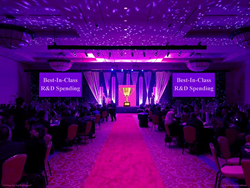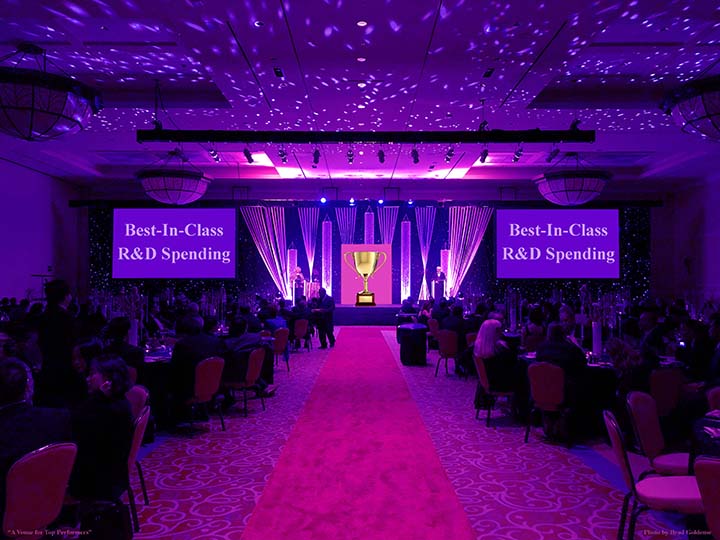
Is your company great at measuring corporate and program innovation performance?
Helped me turn my ideas on metrics from fuzzy to specific and actionable. R&D can be a company’s biggest discretionary expense. We had better achieve a proactive ability to measure impact and efficiency. — VP, Global Programs & Portfolios, Invitrogen Corp.
NEEDHAM, Mass. (PRWEB)
December 28, 2019
9 KPIs That Capture Innovation Performance
The 9 KPIs in this program measure “overall corporate performance,” above and across the details of individual project investments and cost center departments. All nine are all strong candidates for innovation leader and manager dashboards. These 9 KPIs come very close to capturing the collective business and financial performance of investments in R&D and product development across most industries.
Currently there is a tussle going on between the accounting profession, the SEC, and public corporations regarding Non-GAAP KPIs. CEOs and CFOs are displaying metrics such as “% New Product Sales” and “Return On Innovation” alongside the required GAAP metrics in their 10K and Annual Report, and related footnotes. Companies are increasingly creating Non-GAAP metrics that suit their needs. The SEC argues that these “creative metrics” mislead analysts and investors. Yet, it is these Non-GAAP metrics that analysts and investors seek to find as it gives them an analytical edge over GAAP metrics alone. Eight of the nine metrics in this program are Non-GAAP metrics.
8 Metrics That Quantify R&D Spending Performance
The 8 KPIs in this program are wide-ranging, from internal C-Level and program measures to indicators used by Wall Street. Each KPI employs R&D Spending in its calculation in some way. The program covers investments for programs, spending allocation between and across business units, upper and lower limits to spending, corporate performance, and metrics that use R&D Spending in relation to stock price and market capitalization. This unique program involves significant secondary research focused on measuring R&D spending performance.
Years go by between the time a decision to develop a product is made and the time that commercial results are measurable in the marketplace. However, it is that initial decision to spend money on R&D and/or Product Development that generates those market results (or not) years later. R&D Spending is the common thread across all other development activities. Big data correlations can now codify the business and financial results across the 8-15+ years that go by from first spend to actual ROI. In the years ahead, with many more companies using big data analytics across longer durations of time, executives will be increasingly guided by these data as they make spending decisions and allocations to both new and existing initiatives. And, how much total money to spend each year.
7 Measures To Value Product Design
The 7 KPIs in this program focus on measures that characterize or quantify good design in the eyes of customers and users. While some measures also have utility for internal purposes such as product quality, reliability, and cost, this program centers on how customers, users, markets, and the investor community regard the products and their value.
Great product design, inclusive of Customer Experience Design (Cx), User Interface Design (UI), User Experience Design (UX), Industrial Design (ID), Sustainable Design, Digital Design, and other techniques, is now proven to measurably improve the ROI on products. And, if design is elevated to become a true company competency, it can boost corporate valuations to levels that are twice that of competitors. These seven measures critically examine the contributions of product design, from inception through early commercialization. Together, these measures enable a hard look at product design quality, performance, and financial impact in our new age of near continuous design evolution.
Program Leader
Founded in 1986, Bradford Goldense’s company has consulted to over 200 medium and large companies. Some 500 companies have participated in GGI’s educational events. Since 1998 the company has performed primary and secondary research on R&D, product development, innovation, and metrics. For twenty years, Brad also taught in the weekend executive Masters in Engineering Management program at The Gordon Institute at Tufts University. Mr. Goldense is a cited author in over three-hundred publications, many of which may be found in Google Scholar and ResearchGate.
Share article on social media or email:

